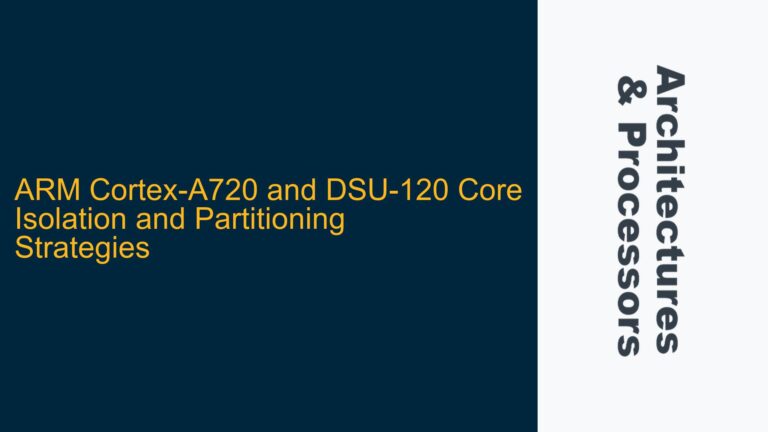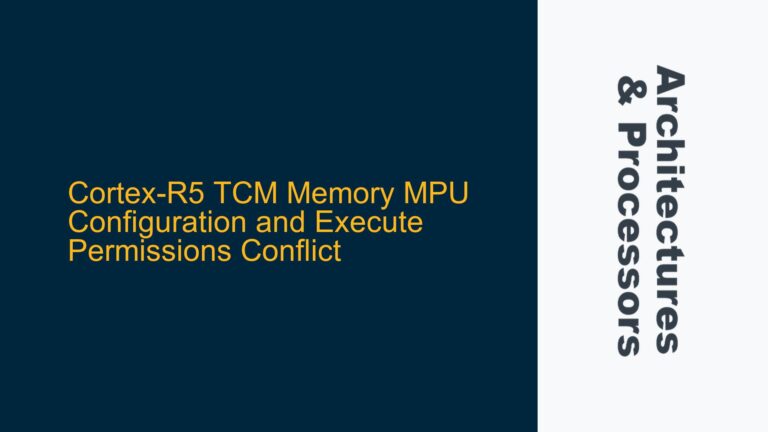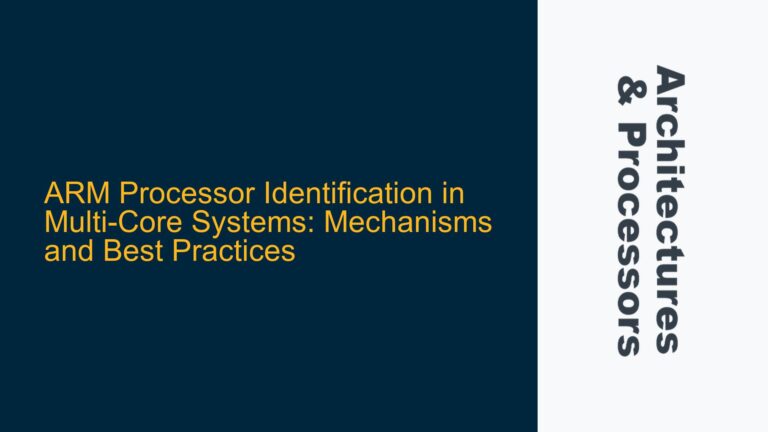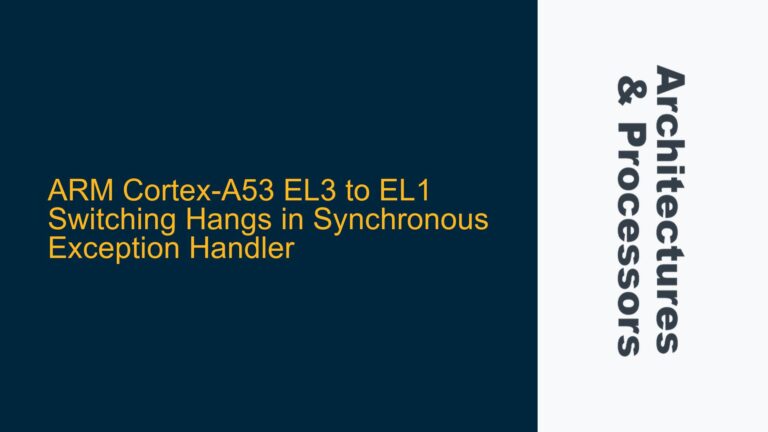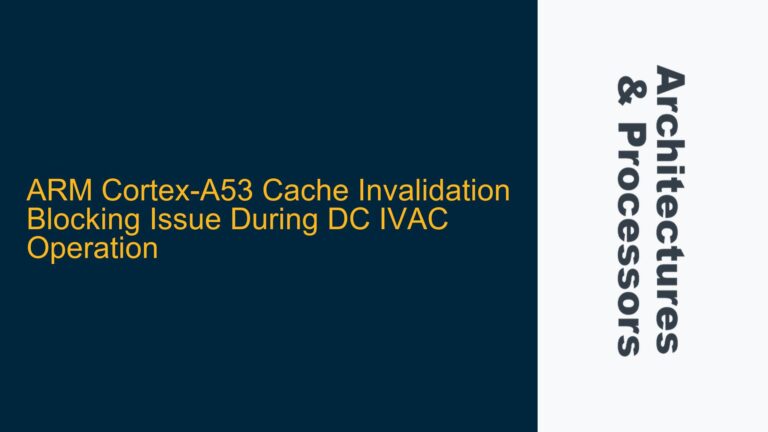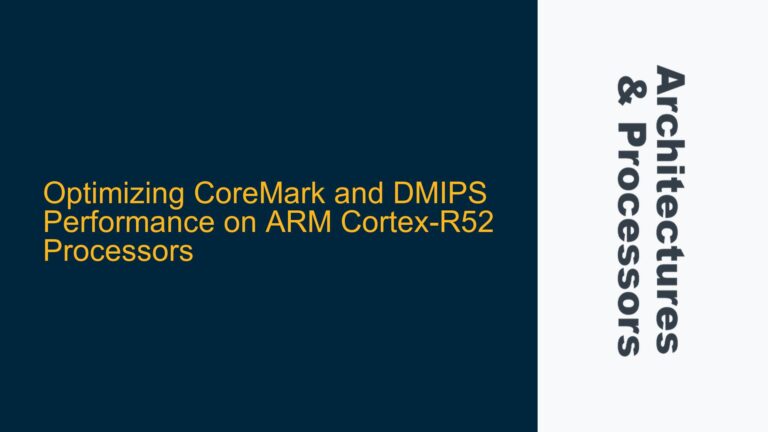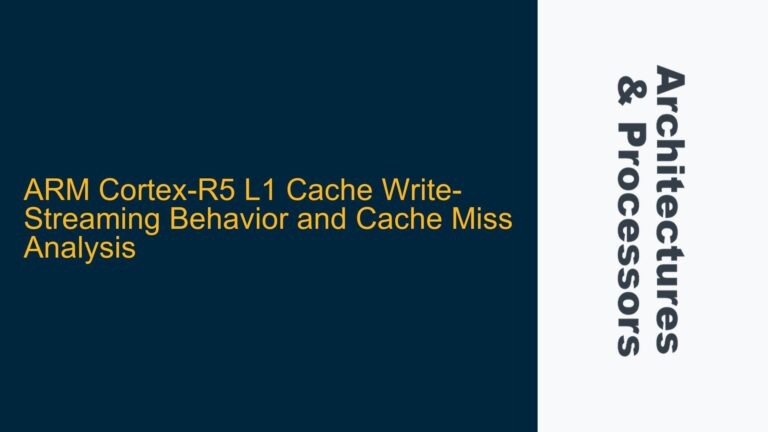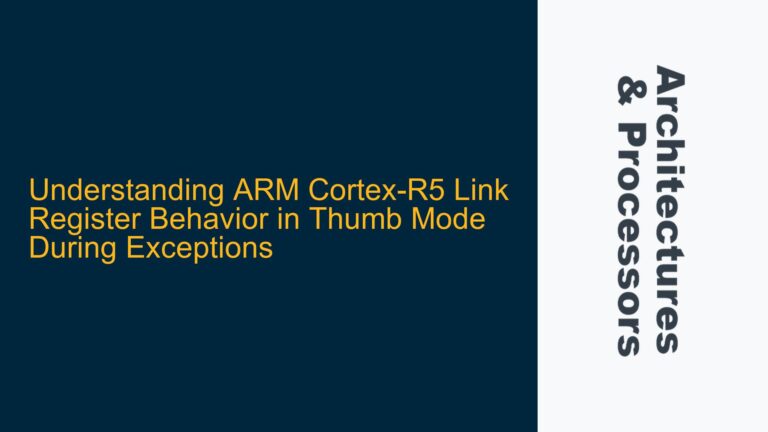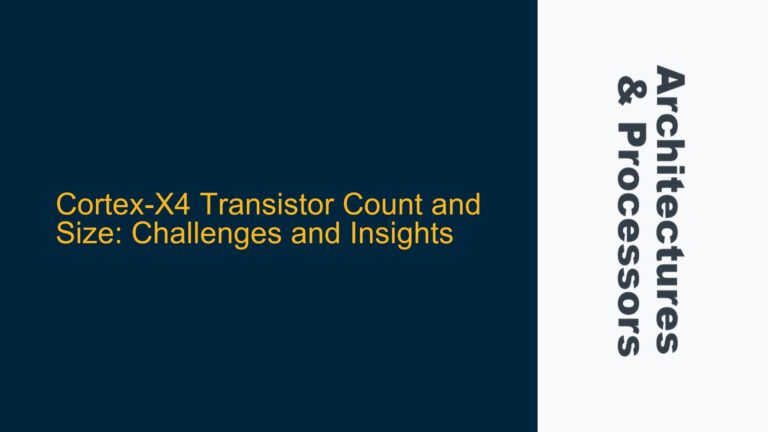ARM Cortex-A720 and DSU-120 Core Isolation and Partitioning Strategies
ARM Cortex-A720 and DSU-120 Core Grouping for Virtualization and ASIL-B Compliance The ARM Cortex-A720, coupled with the DynamIQ Shared Unit (DSU-120), offers a highly configurable multi-core architecture that can be tailored for various use cases, including virtualization and safety-critical applications like ASIL-B compliance. A key question arises: can the cores be logically or physically partitioned…
